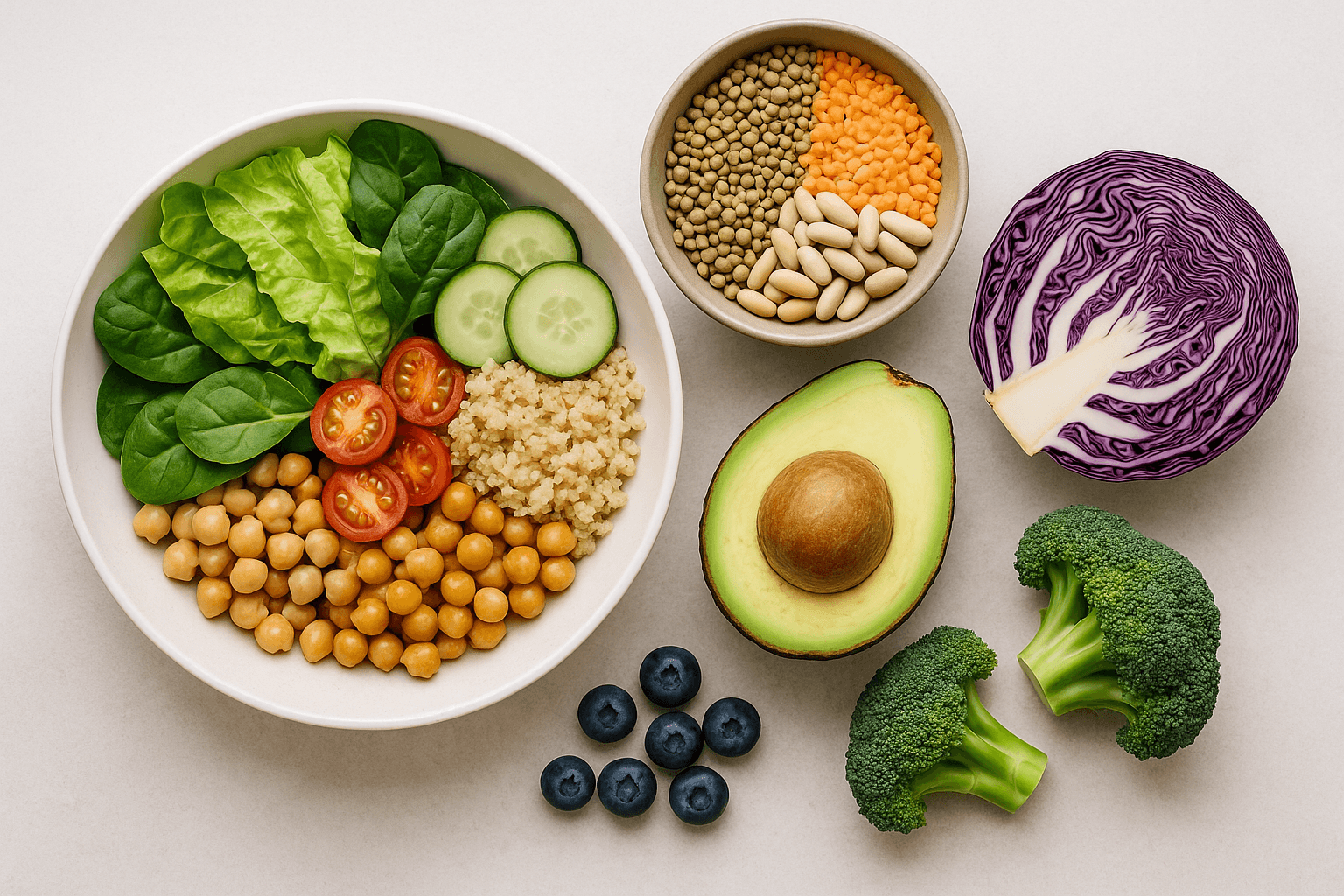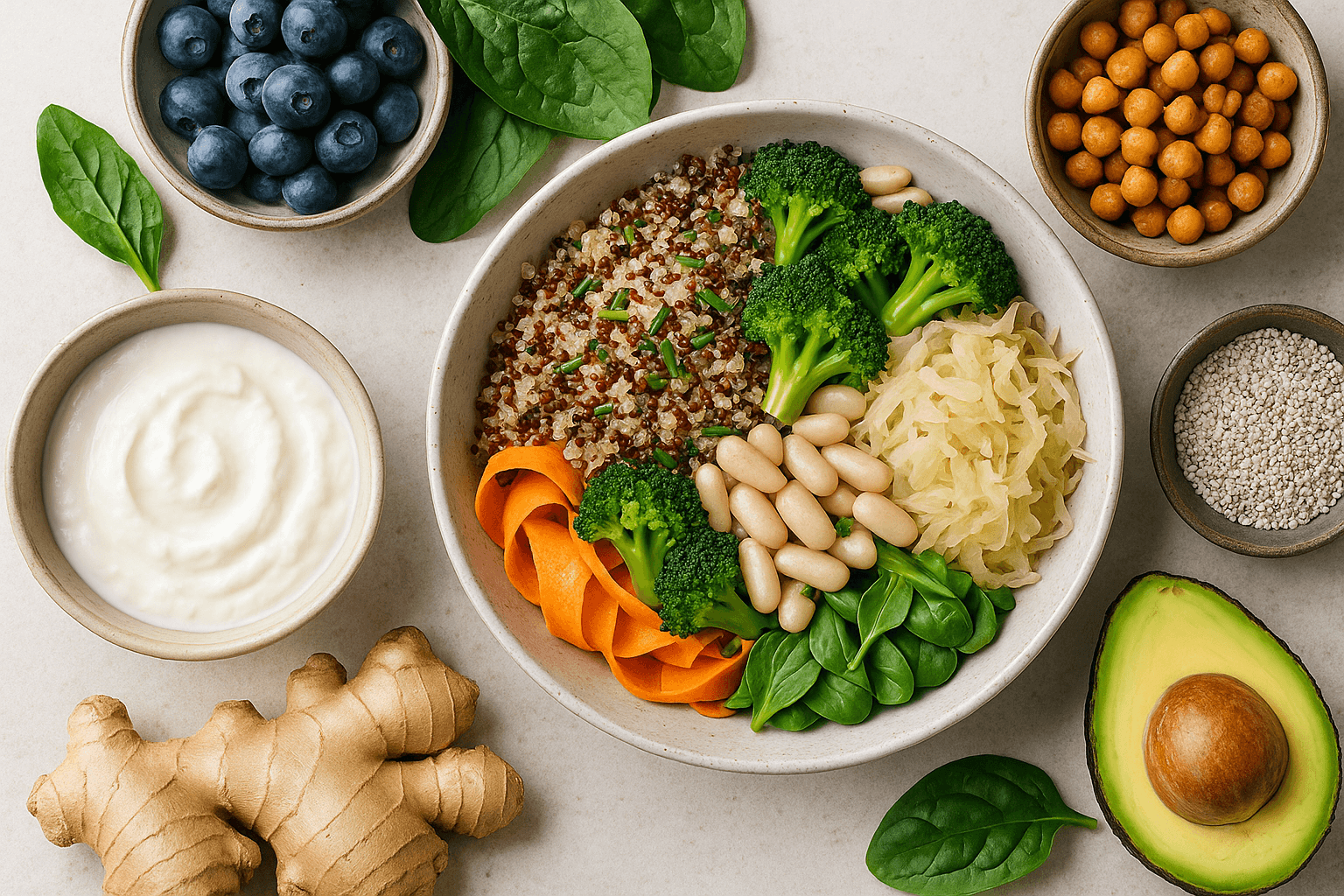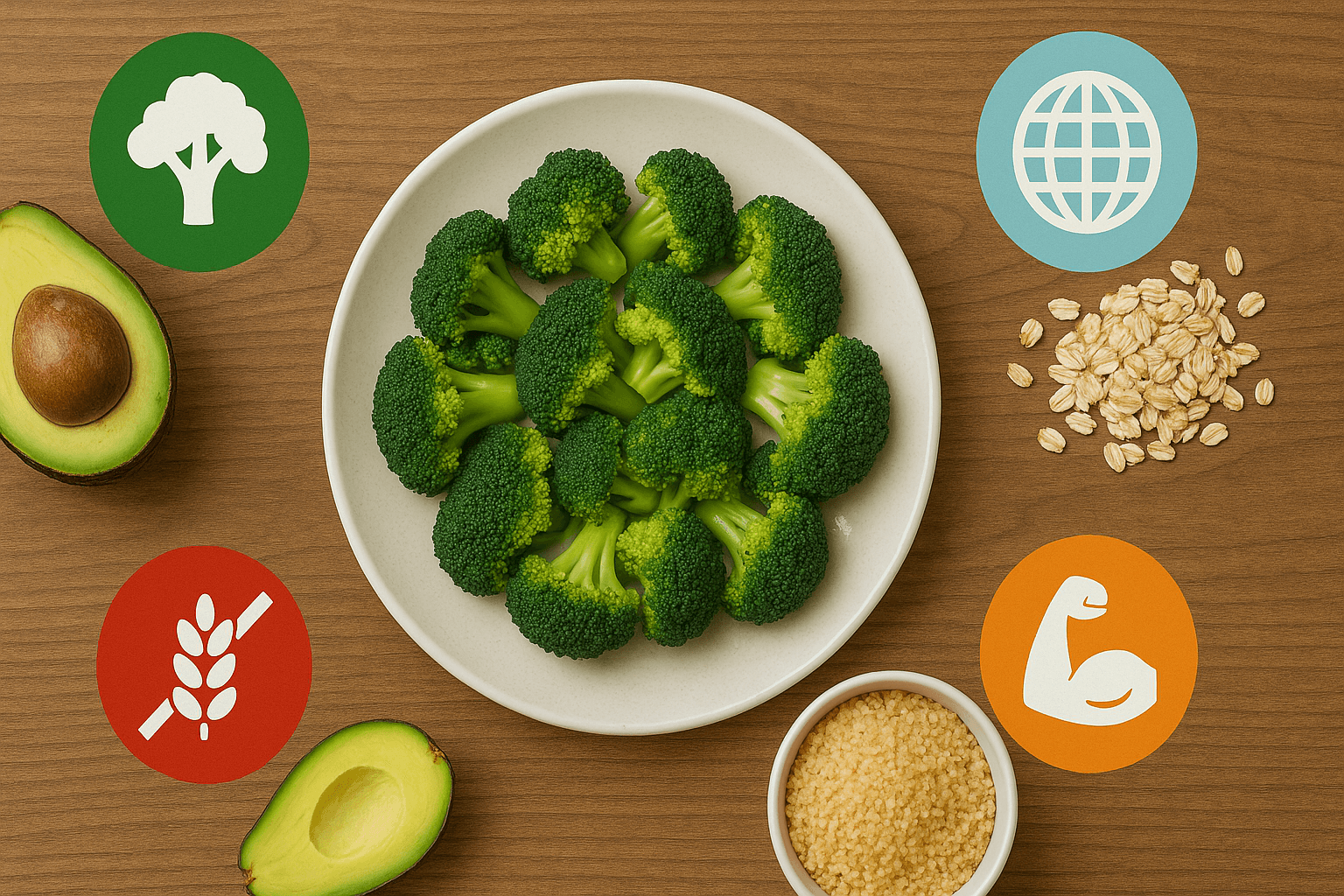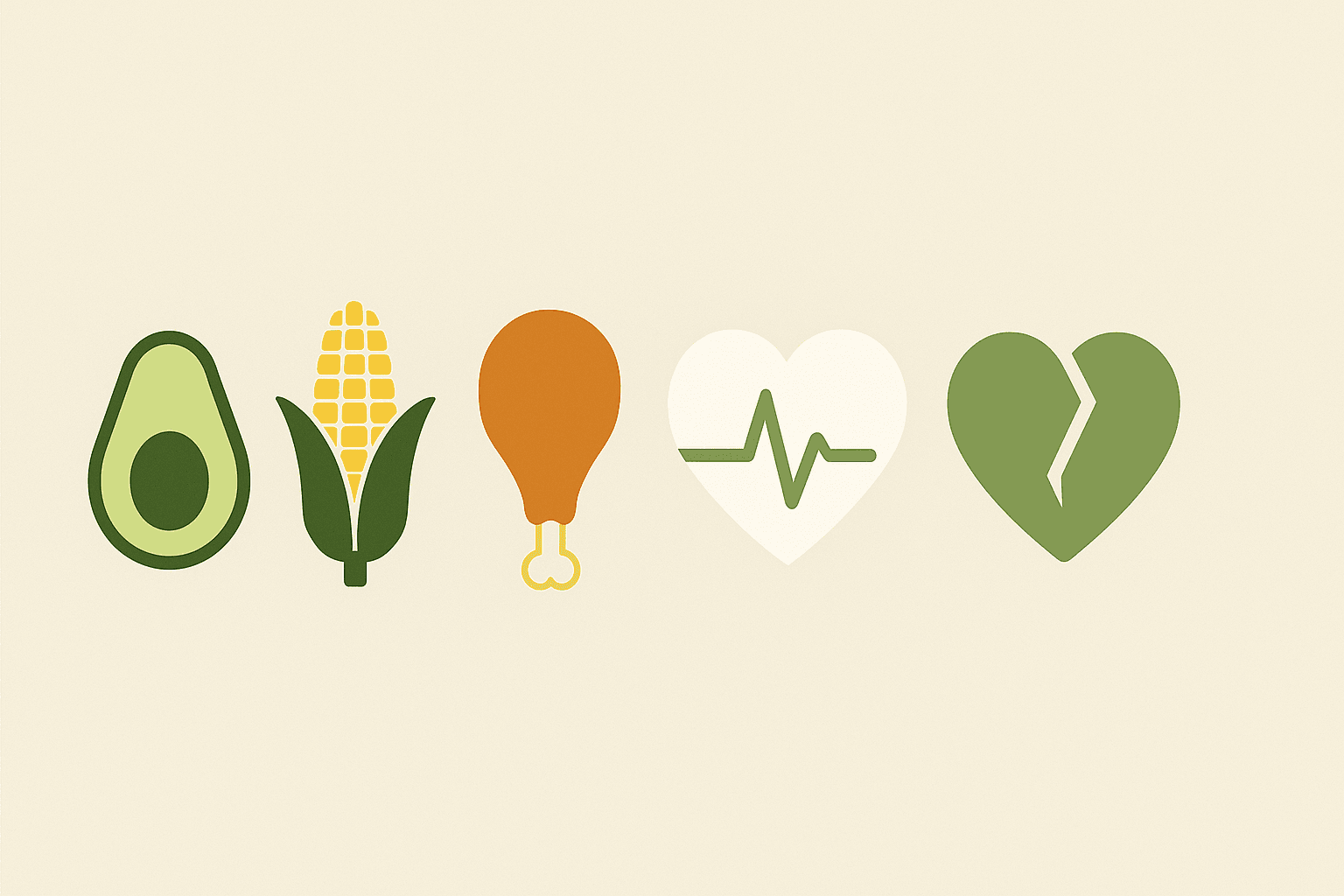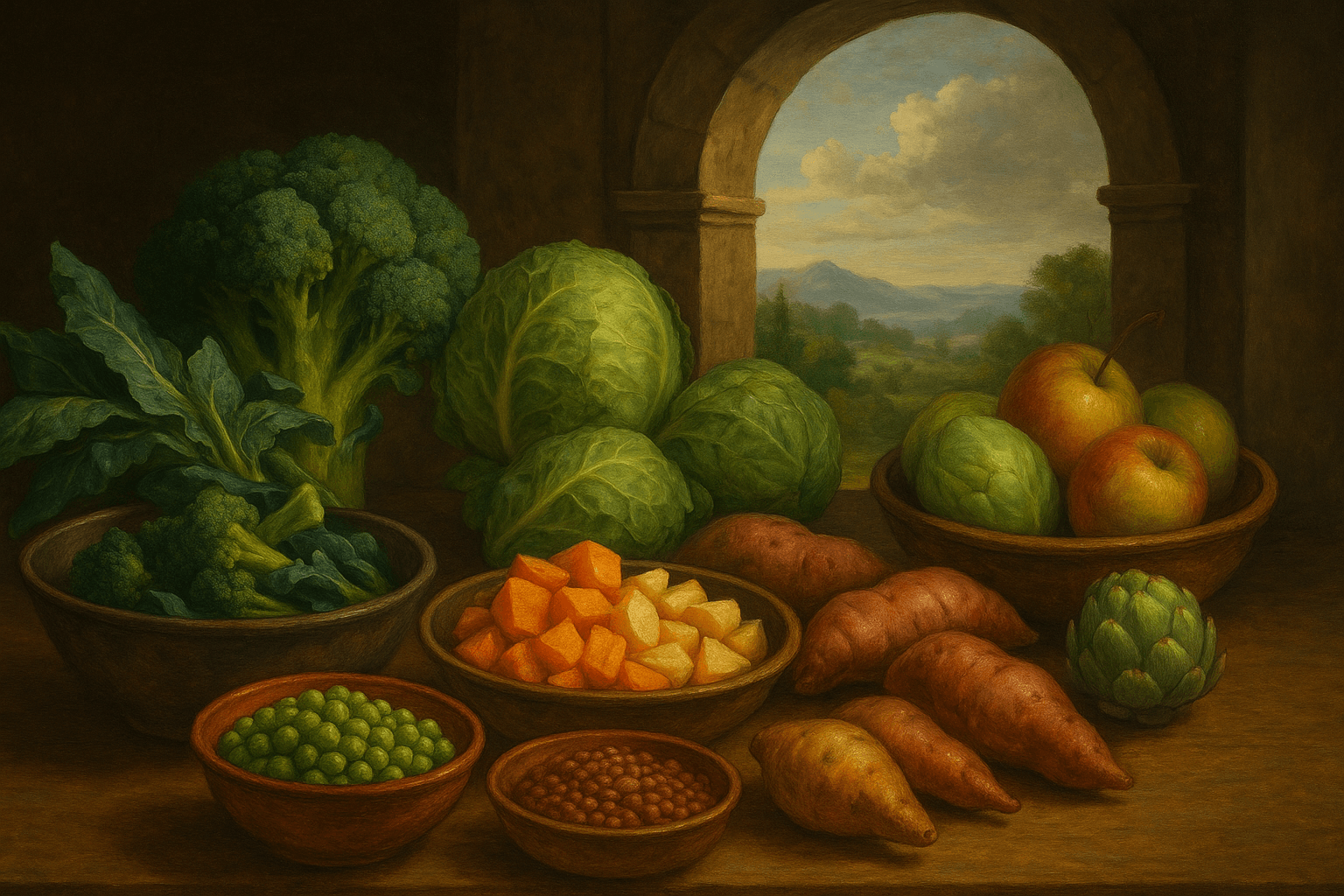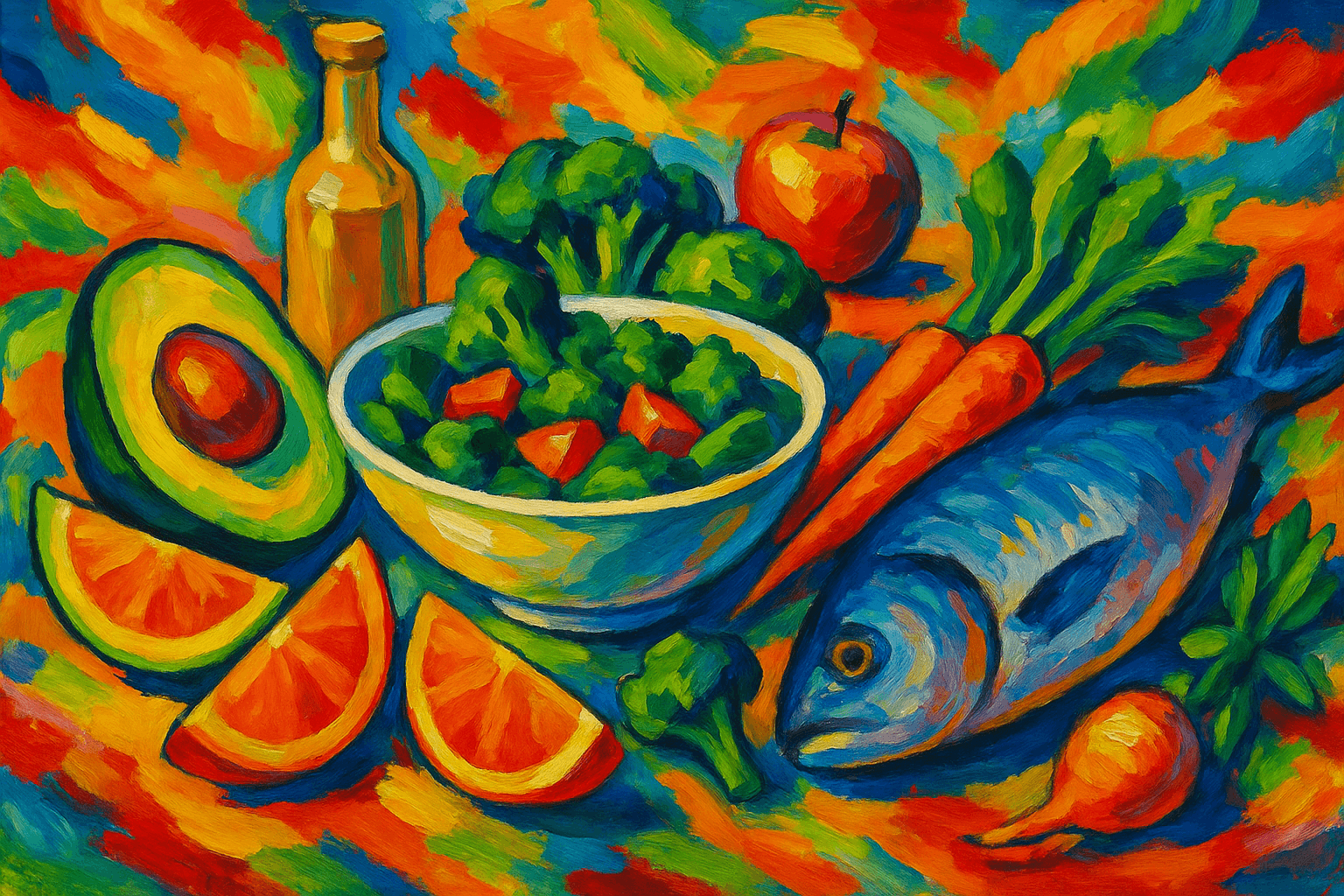HOW GUT HEALTH SHAPES SPECIAL DIETS: THE MICROBIOME REVOLUTION IN MODERN NUTRITION
Published on July 29, 2025
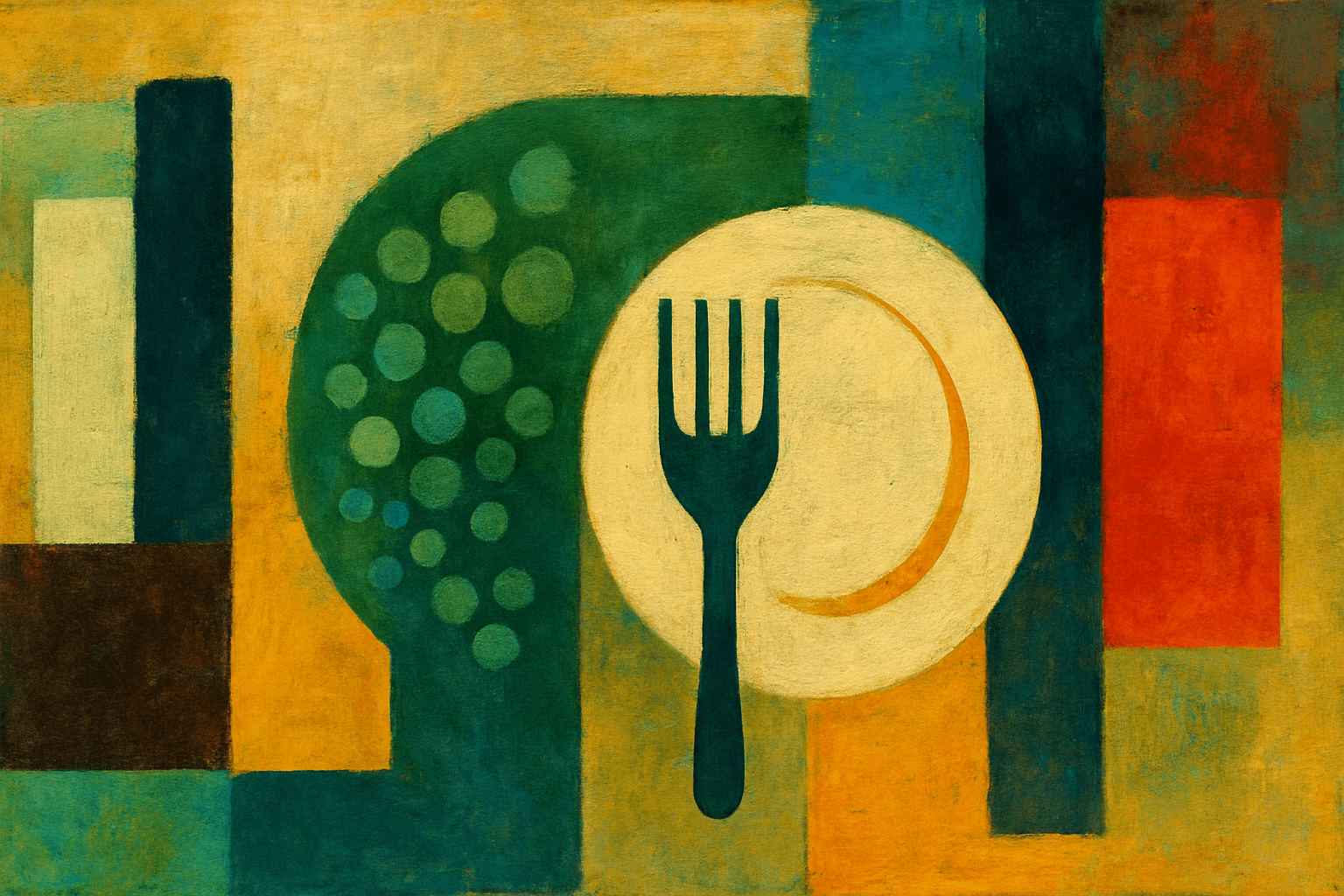
For the longest time, special diets have been recommended for specific reasons — food allergies, celiac disease, weight loss, blood sugar control, ethical reasons or cultural and religious practices. But over the last decade, a new view has challenged how nutritionists and scientists have laid out what makes a diet truly “special” and effective: the world of the gut microbiome. Today, the trillions of bacteria, fungi and other little microbes residing in your digestive tract aren’t just a quaint sideshow — they are the masters who secretly figure out how you shop for food, digest it, absorb it, redistribute the energy it contains, and or break it back down and excrete it. If you care about how a diet affects your health, your mood or even your immune system, you will listen.
This article is your ticket to the microbiome revolution — and how gut health is changing the way you’ll select, personalize, and thrive on special diets, and how focusing attention in to your inner ecosystem could be the missing piece for your energy, well-being, and long-term success.
What Is the Gut Microbiome and Why Does It Matter?
Your gut microbiome is a sophisticated, living ecosystem that is home to trillions of bacteria, viruses, fungi and other microbes, predominantly located in your large intestine. Everyone’s microbiome is unique as a fingerprint, molded by genetics, early life, the outside environment, medications, and — most important — diet.
These are no passive microbes. They assist you in digesting tough fibers, breaking down toxins, producing key vitamins (like B12 and K) and even turning out anti-inflammatory compounds. The gut microbiome trains your immune system, competes with and helps to guard against bad bugs, and communicates with your brain through nerves, hormones and the like. In recent years, researchers have connected gut health with everything from metabolism and chronic disease to mood or anxiety and brain function.
The kicker? The Why Your gut microbes are constantly adjusting to what you feed them. As you eat a greater variety of plant-based and fiber-rich foods, you cultivate a resilient, rich community of gut microbes that support resilience and well-being. Conversely, diets that are restrictive, repetitive, or low in fiber can diminish microbial diversity — which can in turn cause digestive distress, inflammation, and even low energy.
How Your Microbiome Affects The Foods You Can (Or Can’t) Eat
The “special” in special diets refers to not just what you exclude — it’s also about how your unique inner ecosystem will respond.
Personalized Digestion:
Just one question: Have you ever read those stories about people who live to be like 110 and swear that all they ever ate was lentils and.... Python! Or why your friend can eat yogurt, but it makes you queasy? More often than not these disparities come back to your gut bacteria. Some of them are world-class fiber-breakers, some are fine FODMAP-handlers, some of them are not. That’s the reason there really is no one-size-fits-all diet.
Nutrient Extraction and Absorption:
The proper microbial balance also is able to squeeze more nutritional value out of every bite. Well-fed gut bacteria generate short-chain fatty acids and vitamins, aid mineral absorption and can help to regulate appetite hormones.
Immune Balance and Inflammation:
About 70 percent of your immune system resides along your gut wall. Healthy microbes help keep your immune cells “trained” — countering allergies, taming inflammation and even dampening your risk of autoimmune flares.
Metabolic and Hormonal Health:
Your gut bugs help dictate how you metabolize sugars and fats, modulate appetite hormones, and even determine how much energy you extract from food. A robust microbiome helps with weight management, controlling blood sugar, and even mellowing your moods.
Most Popular Special Diets: A Gut Health Analyses
Plant-Based and Vegan Diets:
A plate that is mostly plants is the dream of every microbiome. Fiber (prebiotics) that feed good bacteria is abundant in both fruits and vegetables, as well as legumes, whole grains, nuts and seeds. The more diverse in color and texture, the better — one plant family feeds a different group of microbial species. If you are gassy or uncomfortable, attempt to slowly increase fiber and play around with cooking methods.
Low-FODMAP Diets:
Developed for IBS, this diet restricts some fermentable carbs temporarily. It does wonders to lessen symptoms in the short term, but it also may decrease good gut bacteria when followed long-term. Work under the guidance of a specialist to restore food and microbial diversity.
Gluten-Free Diets:
Necessary for celiac disease and occasionally useful for other conditions, a gluten-free diet can, if not carried out carefully, decrease the fiber and nutrients that feed the microbiome. Focus on naturally gluten-free whole grains and a rainbow of produce.
Keto and Low-Carb Diets:
These trendy plans can decrease populations of fiber-loving bacteria and alter the microbiome. To mitigate damage, optimize plant diversity within your carb “budget” and use fermented foods to introduce beneficial bacteria.
High-Protein Diets:
Though protein is important, a diet that’s too high in animal proteins and too low in plants may shift the microbiome in favor of bacteria associated with inflammation. Aim for win-win pairings of animal proteins with mountains of veggies, beans, and whole grains.
The Power of Fermented, Prebiotic and Polyphenol-Reaching Foods
If you’re looking for a shortcut to better gut health — and thus better results with any special diet — then pay attention to these three pillars:
Fermented Foods:
Kefir, kimchi, sauerkraut, miso and tempeh, and kombucha are all foods which can contain live cultures. Each of these sources can aid in the introduction of beneficial bacteria and thereby improve microbial diversity. Try to get a serving or two down daily — double down your varieties for better health.
Prebiotic Foods:
These are the “favorite foods” of your good gut bugs: garlic, onions, leeks, asparagus, artichokes, bananas, oats, apples and beans. If all your friends are benefiting from the latest fashionable superfoods, so can your gut by adding them to your special diet.
Polyphenol-Rich Plants:
Berries, cocoa, coffee, tea, olive oil, herbs and colorful veggies are all rich in polyphenols—plant chemicals that support the growth of beneficial bugs. Consider them as “microbe boosters.”
Daily Life Advice: Listen to Your Gut and What to Do If You’re on a ‘Special Diet’
Maintain a Soft Food and Mood Journal:
Keep track of what you eat and how you feel, both physically and emotionally. And you will begin to notice which foods sustain your energy, which are uncomfortable to eat, and which support your mood or digestion (or don’t).
Experiment Slowly:
Try introducing a single new plant food, fermented food or fiber source at a time. Monitor how you feel, and take it slow — your microbiome is best at adjusting to shifts when they happen slowly.
Work With a Professional:
If digestive difficulties persist, find a dietitian or gastroenterologist who is knowledgeable about micro biome science. They can work with you to build a plan that makes you and your gut feel good.
Stay Curious, Not Dogmatic:
Don’t restrict yourself unecessarily, and always keep in mind diversity is the microbiome’s friend. It’s not necessary to have a plan that you follow 100 percent — life is about balance and adaptability.
Hydrate and Move:
Both drinking enough water and being physically active can help your gut microbes do their job and elicit digestion and overall health.
Sample Microbiome-Friendly Day (Easily Modified To Any Special Diet)
Breakfast:
Overnight oats, prepared with kefir or yogurt, chia seeds, sliced bananas and a handful of berries and nuts.
Lunch:
Rainbow Salad: Greens, lentils or chickpeas, roasted veggies, olives and a spoonful of sauerkraut or kimchi, drizzled with olive oil and lemon.
Snack:
An apple drizzled with almond butter and dusted with cinnamon, or carrot sticks with hummus.
Dinner:
Stir-fried vegetables, tempeh or tofu (or fish/chicken, if you eat it), brown rice or quinoa, topped with a generous amount of fresh herbs and a spoonful of miso or fermented veggies.
Dessert or Sipper:
A square of dark chocolate with a cup of green tea or unsweetened kombucha for additional polyphenols.
Gut-Health Myths and Realities
Probiotics Fix Everything:
Not all probiotics are panaceas. The strains are particular, and their effects disparate. Eating a diversity of fermented products, along with general dietary diversity, has a broader, more enduring effect on health than just about any other pills.
If It’s Good for Me, It’s Good for You:
The optimal gut-friendly diet is the one that makes your body feel best. There’s no universal “superfood.” What’s your best bet? It’s personal, flexible and subject to revision.
You Have to Eat Perfectly Every Day:
Your microbiome is resilient! Here and there indulgences or off days will not erase all your progress. It’s the long-term patterns — diversity, fiber, plants, fermented foods — that matter most.
The Future: Gut-First, Not Rule-First Eating
With explosive advances in gut microbiome science, the future of special diets is likely to become more quickly moving and personal. Home gut tests are already enabling us to analyze our personalized microbial profile and receive personalized food lists. The next wave of special diets won’t be about following someone else’s rules so much as learning to understand your own internal ecosystem and letting it be your guide.
Every time you eat, you’re not just feeding yourself, but trillions of helpers inside you. The more you feed them, the better they will support your digestion, immunity, metabolism — and even your glee.
Closing Thoughts: Your Microbiome, Your Own Personal Guide
It means listening to your body’s signals, experimenting with diversity and remaining open to change. Whether you’re combating a chronic condition, trying to feel your best or just hunting down what works for you, just remember: the healthiest, happiest diet is the one that feeds a diversity of the good creatures in the garden that is our gut.
Follow your gut, cheer for each new plant or ferment that goes into your belly and savor the exploration of finding out how interlinked, tough and smart your body can be. When you create a special diet from the inside out, you’ll discover that real health is at least as much about flexibility and curiosity as it is about rules or restrictions. The next generation of nutrition is here — one mindful bite, one thriving microbe, one customized plate at a time.



